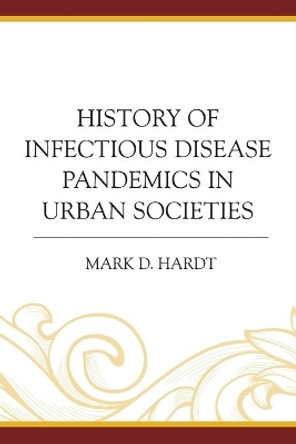Description
"Swords and lances, arrows, machine guns and even high explosives have had far less power over the fate of nations than the typhus louse, the plague flea and the yellow-fever mosquito."
Both shocking and entertaining, this masterpiece of popular science writing tells the tragic story of the struggle between humanity and its humble but deadly enemies, the organisms of disease.
Zinsser shows how infectious disease simply represented an attempt of a living organism to survive. While from the human perspective an invading pathogen was abnormal, from the perspective of the pathogen it was perfectly normal.
From the pestilence which contributed to the downfall of Rome to the dancing manias of medieval Europe, the aristocracy's fashion for wearing wigs and the role of typhus in the First World War, Zinsser reveals just how disease and epidemics have shaped human history.
About the Author
Hans Zinsser taught bacteriology and immunology at the universities of Stanford and Columbia before going on to teach at the Harvard University Medical School. As well as researching extensively into cholera, allergies and rheumatic fever, he was a pioneer in isolating the micro-organism that causes a form of typhus. To Zinsser, scientific research was high adventure and the investigation of infectious disease, a field of battle. He died in 1940.
Reviews
'A fascinating blend of scientific and historical research, humour and stimulating opinion on almost every subject of interest to this contemporary world' British Medical Journal
'A superb book... a classic work' David Bellamy
'In the course of his darting and discursive narrative his imaginations take him into strange places in human souls and philosophies' Observer
Book Information
ISBN 9781911440895
Author Hans Zinsser
Format Paperback
Page Count 320
Imprint Prelude
Publisher Duckworth Books








